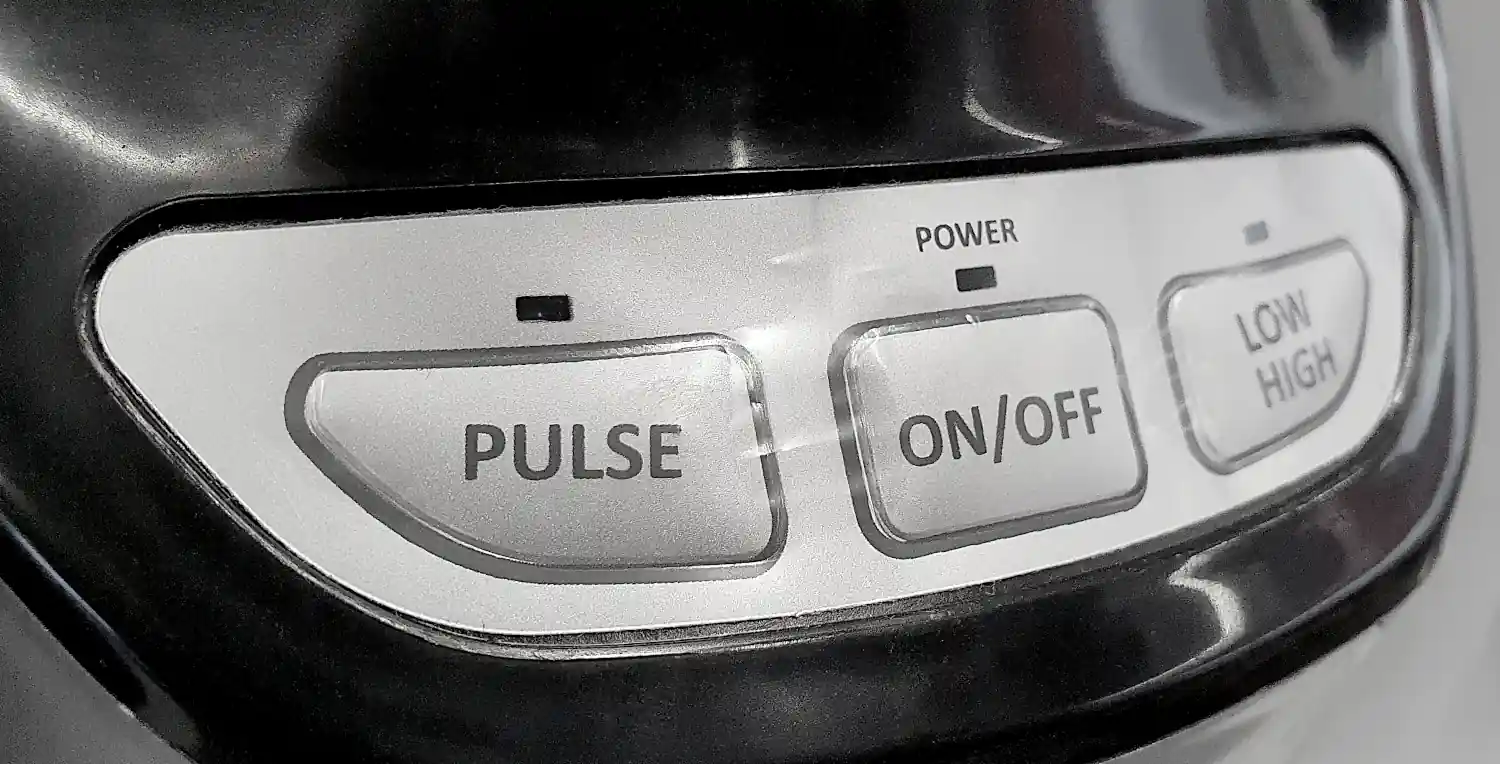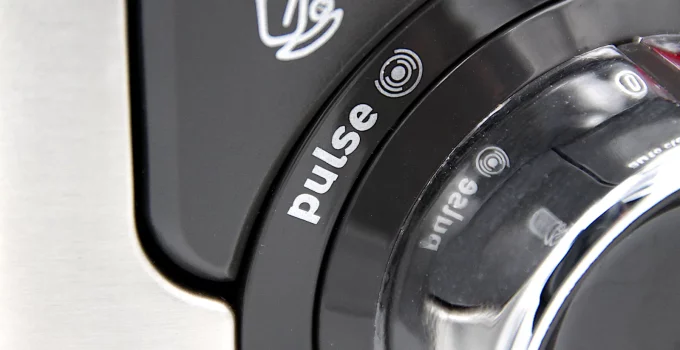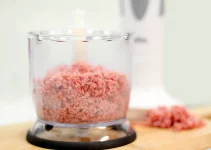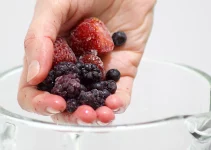What does pulse mean on a blender? The pulse function is actually one of my favorites. If you aren’t already using the pulse feature on your blender, then you’re really missing out.
To give you a simple example of why I love this feature, one of my latest writings revolved around looking for the best blenders for making ice cream.
When I talked about how we should use the Ninja SS351 to make ice cream, I mentioned that we should use the pulse function to blend our ingredients until we get a smooth texture. Other blenders will recommend using their highest speed but Ninja actually recommend using the pulse button.
This is just a small example of how helpful this function can be. In this article, we’re going to discover all the ways in which we can take advantage of this function. You won’t overlook it again.
What is the pulse function on a blender?

The pulse function is a feature that all countertop blenders have and it’s time to discover everything we should know about it.
Some personal blenders also have a pulse button.
Or we can make a personal blender imitate the pulse function by pressing the cup down onto the power base and then releasing the pressure on the cup cup after only a few seconds and then repeating the process again.
To give a simple explanation of what pulse means on a blender would be to say that when you press the pulse button or turn the knob to select the pulse function, then the blender will run at its highest speed for as long as you keep pressing the button or keeping the knob pointing where pulse is written.
The amazing uses of the pulse feature on a blender is not in the fact that the blender’s motor runs at its highest speed. We can achieve that when we actually turn the knob to reach the highest speed.
In fact, the whole beauty of the pulse feature is that it only runs for as long as we press the button.
Thus, it’s an intermittent function that only makes the blades spin for as long as we want.
How to use the pulse feature on a blender
Just as I’ve mentioned, the blades spin at their highest speed for as long as the pulse button is pressed. Once you take your finger off it, the blades instantly stop.
Some blenders don’t come with a dedicated pulse button. In that case, we run the pulse function by turning the speed knob counterclockwise. We turn the wheel clockwise to select the speed we want.
We only run the pulse feature for a few seconds at a time. It gives us the opportunity to assess the progress of our ingredients and how they’re getting chopped.
We’re going to press the pulse feature a bunch of times if we want a smooth texture or we can run it only a couple of times if we want a chunkier texture.
The pulse feature is great for dry ingredients
While I mentioned that we can use the pulse feature to make ice cream in a blender, the most frequent use for this awesome function is when we only add dry ingredients in our pitcher.
We don’t need liquids if we’re using the pulse function.
For example, if you want to shred chicken, this is the function you need to use.
Cut your boiled chicken breast in two, add it in the pitcher, and press the pulse button for a few seconds at a time. Stir from time to time to get an even texture for your shredded chicken. You can stop when you’ve obtained the desired texture.
Another amazing use is that we can actually puree raw meat with the help of this function. You can run the pulse function for a few seconds at a time until you’ve grinded the meat to your satisfaction.
If we want to chop raw vegetables, the pulse speed is the one to use, especially if you want them chopped chunkier. But you can run the speed until you get even an almost puree of chopped raw vegetables.
Thus, the whole beauty is that we can control the size in which our ingredients are chopped. We can stop after a few seconds of blades spinning or we can pulse until our ingredients have turned into a puree.
It’s also great for making breadcrumbs. But you can also use the top speed for making breadcrumbs.
Making salsa, chunky soups
Besides being great for chopping raw ingredients until we get the desired texture, the pulse also lets us control how roughly our ingredients are chopped.
Thus, if we want to make a chunky soup, use the pulse speed.
If you’re using the speed settings, even at a lower speed, you might accidentally let the blender run for a bit too long and you’ll end up with a creamy soup.
Well, creamy soups are awesome so you’ll still be able to enjoy a delicious, comforting dish.
Salsa making is another dish that I make with the help of this helpful feature.
A powerful countertop blender will turn even frozen fruits and veggies into a smoothie in 30 seconds running at the highest speed.
Blenders are versatile and very powerful machines. The pulse feature gives us complete control over how long we let all that raw power run for and what texture we let the blades chop our ingredients into and that’s exactly what pulse means on a blender.




